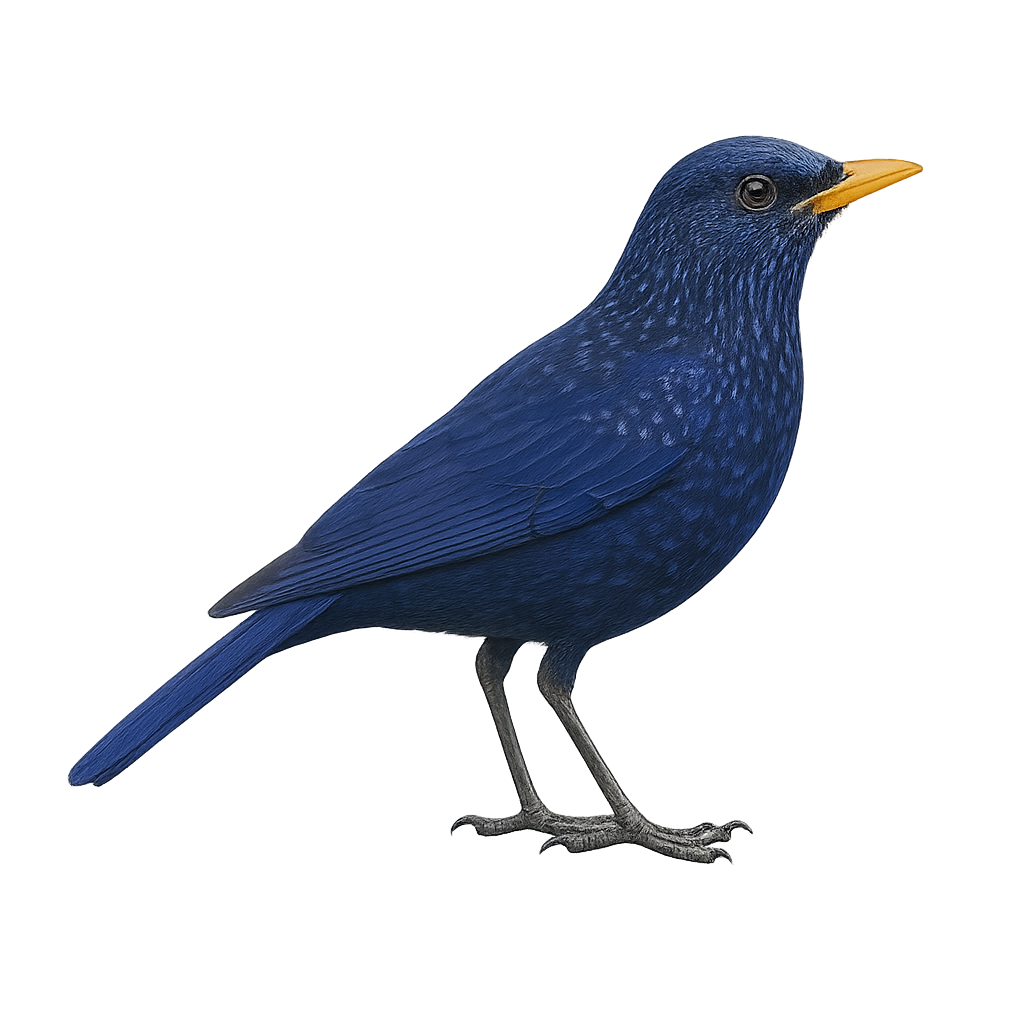Your wildlife photography guide.
Explore the blue whistling thrush in detail, study its behavior, prepare your shots.
Where to observe and photograph the blue whistling thrush in the wild
Learn where and when to spot the blue whistling thrush in the wild, how to identify the species based on distinctive features, and what natural environments it inhabits. The WildlifePhotographer app offers tailored photography tips that reflect the blue whistling thrush’s behavior, helping you capture better wildlife images. Explore the full species profile for key information including description, habitat, active periods, and approach techniques.
Blue Whistling Thrush
Scientific name: Myophonus caeruleus

IUCN Status: Least Concern
Family: MUSCICAPIDAE
Group: Birds
Sensitivity to human approach: Suspicious
Minimum approach distance: 10 m
Courtship display: April to July
Incubation: 14-16 jours
Hatchings: April to August
Habitat:
humid forests, ravines, water bodies
Activity period :
Primarily active during the day, with peak activity in the morning and late afternoon.
Identification and description:
The Blue Whistling Thrush, or Myophonus caeruleus, is a medium-sized bird known for its striking deep blue plumage with white spots on its wings. It is commonly found in humid forests, ravines, and near water bodies in South and Southeast Asia. Its melodious and powerful song often echoes at dawn and dusk. This thrush is a solitary bird, although it can be seen in pairs during the breeding season. It primarily feeds on insects, small invertebrates, and occasionally fruits. Its ability to adapt to various habitats, including urban areas, makes it a relatively common bird within its range.
Recommended lens:
400 mm – adjust based on distance, desired framing (portrait or habitat), and approach conditions.
Photography tips:
To photograph the Blue Whistling Thrush, focus on early morning or dusk when the bird is most active. Use a telephoto lens of 400mm or more to capture detailed images without disturbing the bird. Look for areas near water where it often forages. Be patient and discreet, as this bird is suspicious but can get used to a calm presence. Take advantage of natural light to highlight its striking blue plumage.
The WildlifePhotographer App is coming soon!
Be the first to explore the best nature spots, track rutting seasons, log your observations, and observe more wildlife.
Already 1 432 wildlife lovers subscribed worldwide

